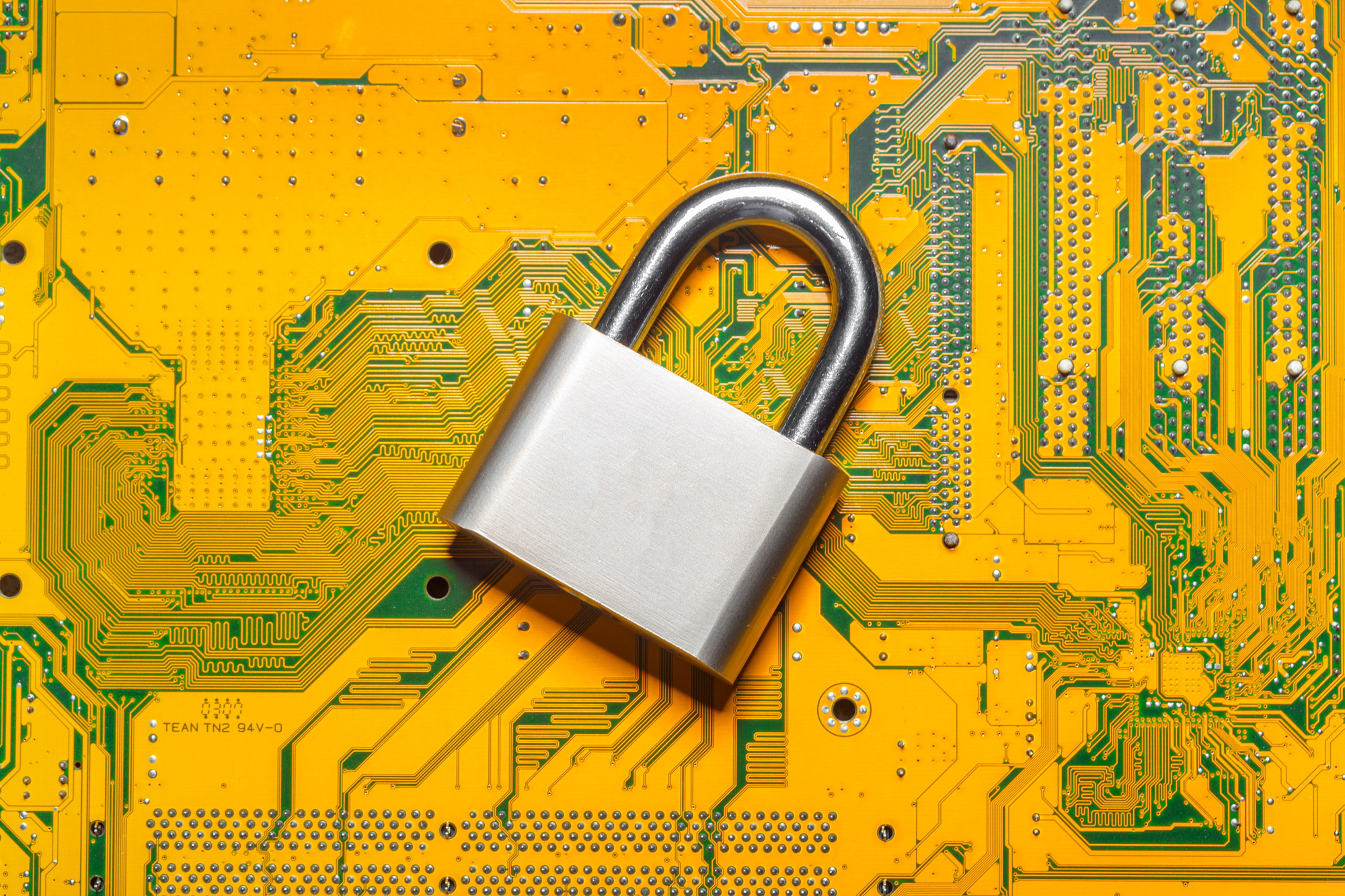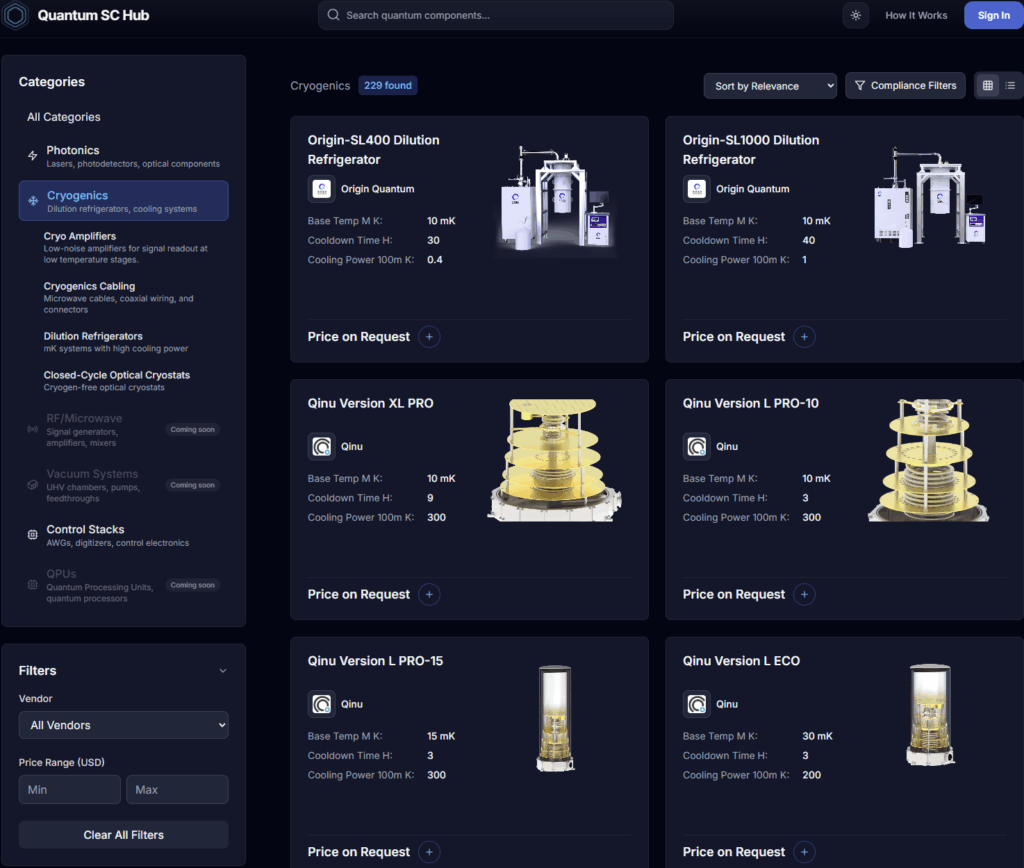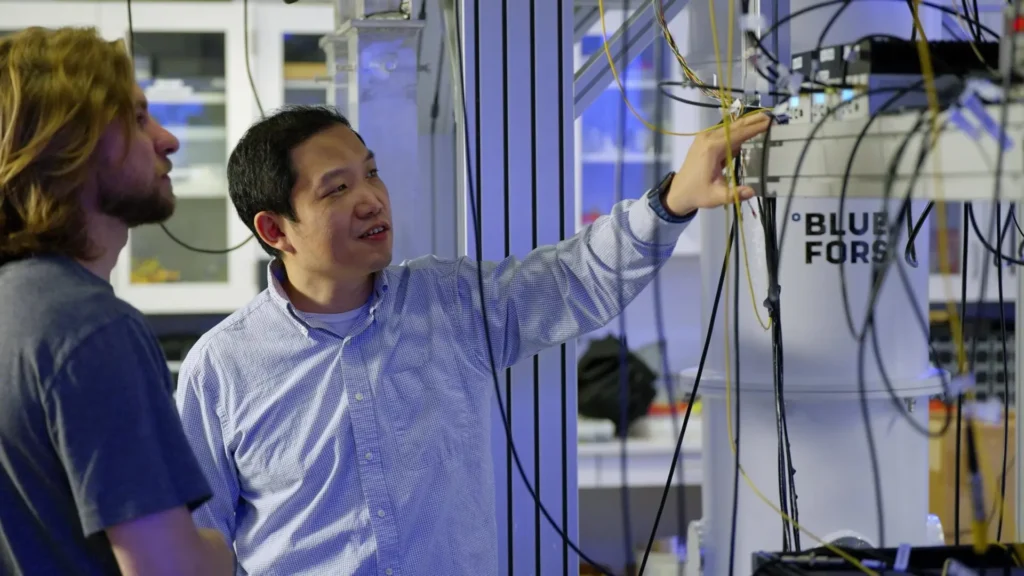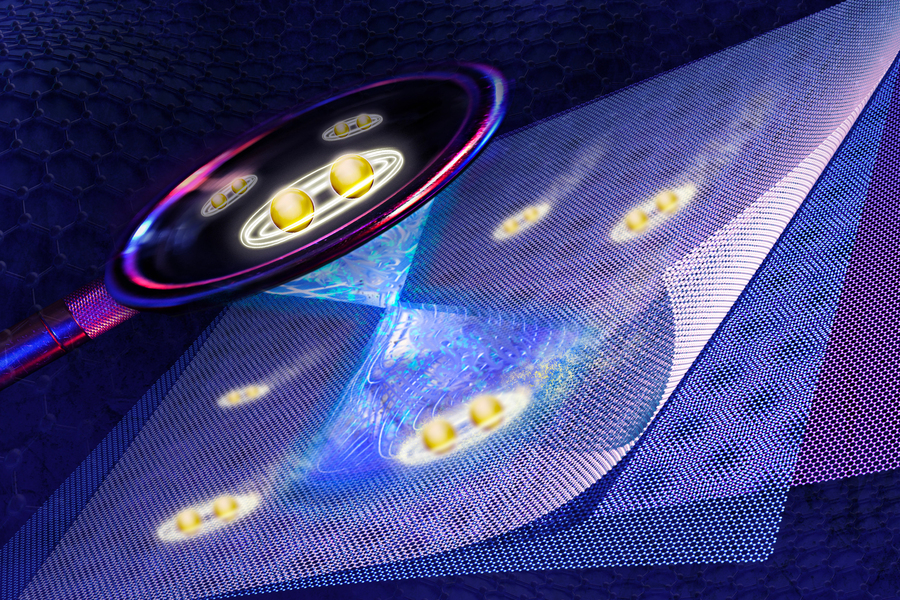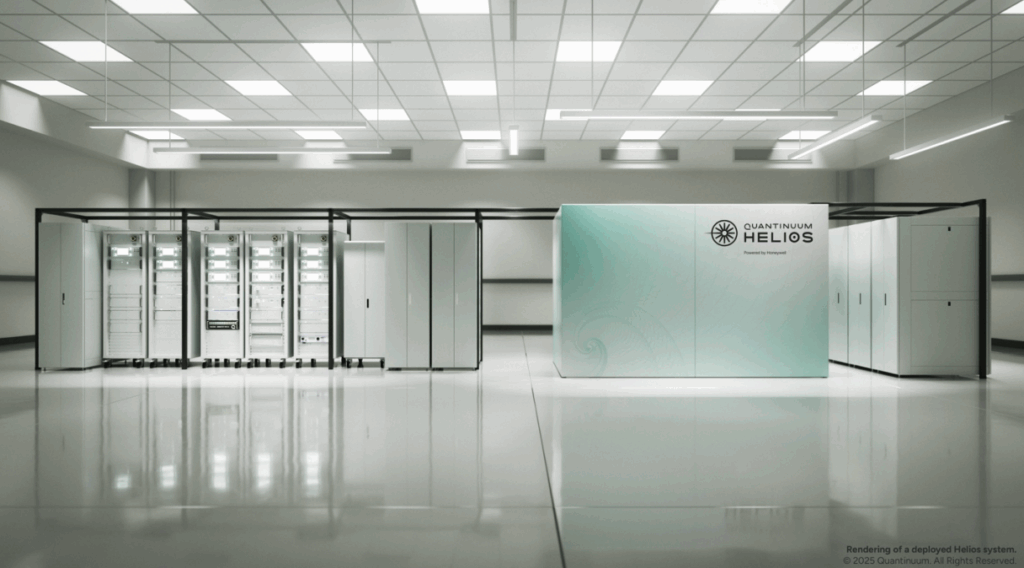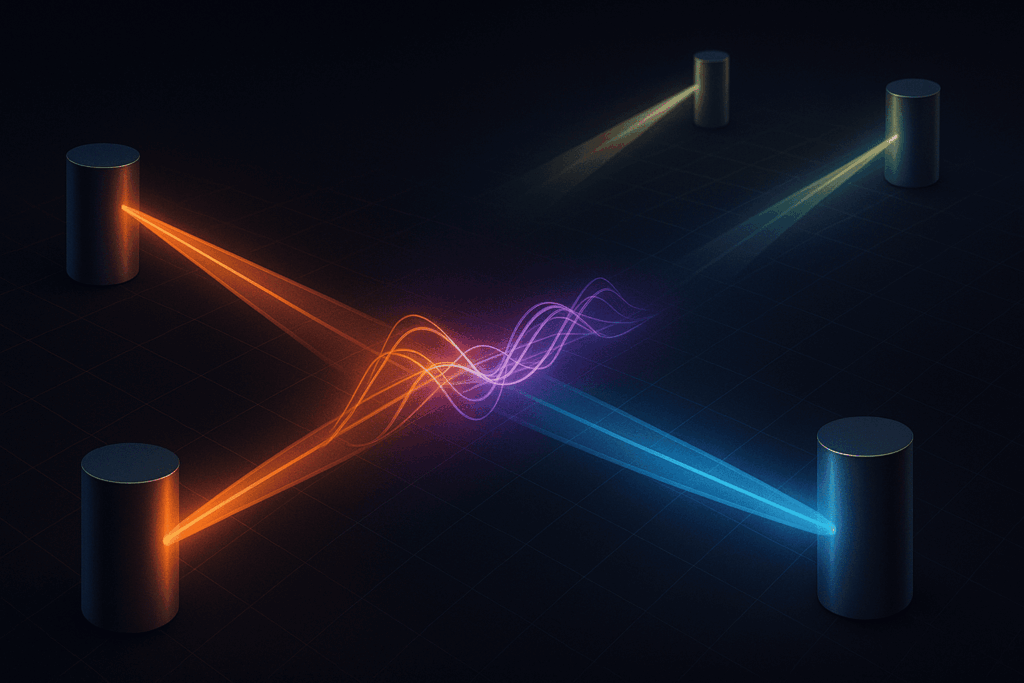Insider Brief
- Microsoft has released early-access post-quantum cryptography (PQC) tools for Windows and Linux, allowing organizations to test quantum-resistant security ahead of emerging threats.
- The update introduces NIST-standardized algorithms ML-KEM and ML-DSA for key exchanges and digital signatures, with support integrated into Windows Insider builds and SymCrypt-OpenSSL 1.9.0 for Linux.
- Microsoft encourages a hybrid implementation combining classical and quantum-safe encryption methods, citing potential performance trade-offs, compatibility concerns, and the need for crypto-agile systems as PQC standards evolve.
Microsoft is pushing ahead with its plan to prepare the digital world for the threat of quantum computers by releasing early support for post-quantum cryptography (PQC) on Windows and Linux systems.
The move represents another step in Microsoft’s broader security roadmap to help organizations prepare for the era of quantum computing — an era in which today’s encryption methods may no longer be safe. By adding support for PQC in early-access builds of Windows and Linux, Microsoft is encouraging businesses and developers to begin testing new cryptographic tools that are designed to resist future quantum attacks.
The team writes: “By obtaining early access to PQC capabilities, organizations can proactively assess the compatibility, performance, and integration of these novel algorithms alongside their existing security infrastructure. This practical approach helps security teams identify potential challenges, optimize implementation strategies, and enable an easier transition as industry standards evolve. Furthermore, early adoption will offer valuable insights into the ways in which PQC can help mitigate emerging threats, thereby positioning organizations to more effectively protect sensitive data against future quantum threats.”

According to the Microsoft Security blog, this support is now available in the Windows Insider Canary Channel (Build 27852 and above) and in version 1.9.0 of SymCrypt-OpenSSL on Linux. These additions allow organizations to begin experimenting with quantum-resistant algorithms in their own operational environments, from securing connections to issuing certificates.
Preparing for the Quantum Threat
The company’s latest update is part of an ongoing push to address a looming problem known as “harvest now, decrypt later” — a strategy in which bad actors collect encrypted data today with the hope that future quantum computers will be able to break it.
To counter this risk, Microsoft is enabling early implementation of PQC algorithms that have been standardized by the U.S. National Institute of Standards and Technology (NIST), including ML-KEM for key exchanges and ML-DSA for digital signatures. These new algorithms are designed to remain secure even when quantum computers become powerful enough to crack today’s widely used encryption systems like RSA and elliptic curve cryptography.
On Windows, the company has updated its Cryptography API: Next Generation (CNG) and certificate handling tools to support these algorithms. On Linux, SymCrypt is being used as a backend provider for OpenSSL, one of the most common encryption libraries used in open-source systems.
What Developers Can Test Today
Developers can now begin testing how these new algorithms fit into their existing security workflows, according to the post. For key exchanges, the supported ML-KEM parameter sets include 512, 768 and 1024-bit options, which offer varying levels of security and come with trade-offs in key size and performance.
For digital signatures, Microsoft is offering ML-DSA with security levels 2, 3 and 5, depending on the configuration. These are intended for use cases like code signing, certificate issuance and identity verification.
The company adds that it is encouraging a hybrid approach during this transition period. That means using quantum-safe algorithms alongside existing ones — such as RSA or ECDSA — to ensure redundancy and maintain backward compatibility. According to the blog, this dual approach gives organizations more time to test PQC without immediately retiring legacy systems.
The Need… The Need For Speed
One major application for these algorithms is in Transport Layer Security (TLS), the protocol used to secure data in transit over the internet. TLS is used in everything from web browsers to email servers and online banking systems. With the latest updates, developers using Linux can now test hybrid PQC key exchanges within TLS sessions via OpenSSL. Windows support for this feature is expected to follow.
The post suggests that quantum-safe key exchanges tend to result in longer handshake times and larger messages, due to bigger keys and signatures. Microsoft advises organizations to analyze how these changes affect their network performance and overall security posture.
The company notes that some proposed improvements to TLS are under discussion, such as certificate compression and smarter negotiation tactics, but these are still in draft stages and not yet widely supported.
Certificates, Identity and Compatibility
Beyond TLS, Microsoft is expanding PQC support across its certificate and identity infrastructure. This includes support for PQC-signed certificates in Windows and Linux environments, enabling organizations to test issuance, import, export, and validation of certificates using the new standards.
The updates also reach into enterprise infrastructure. Microsoft is working to bring PQC support to Active Directory Certificate Services (ADCS), which plays a central role in corporate identity systems. This would allow organizations to issue and manage PQC certificates for internal devices, users, and services.
Support is also being extended to Microsoft Intune, the cloud-based endpoint management platform, enabling secure certificate enrollment for mobile devices using quantum-safe credentials.
Looking Ahead
The underlying theme of Microsoft’s approach is what it calls “crypto agility”—designing systems that can easily switch from one cryptographic algorithm to another as new threats emerge or standards change.
Microsoft emphasizes that PQC is still a developing field, and no one should assume today’s algorithms are the final answer. That’s why the company is continuing to work with standards bodies like the Internet Engineering Task Force (IETF) and collaborating with industry partners to shape and adopt standards for things like X.509 certificates and TLS authentication mechanisms.
Several post-quantum authentication methods—including SLH-DSA, composite signatures, and hybrid key encapsulation—are being tested and refined, with updates planned as standards are finalized.
Technical Hurdles Remain
Even as Microsoft opens the door to early PQC experimentation, the road to full deployment will be slow and complex. The new algorithms often require more memory and processing power than classical encryption methods. This could be a challenge for devices with limited resources, especially in sectors like mobile, embedded systems, and industrial control.
Organizations will also need to evaluate compatibility with legacy systems, many of which may not support the larger key sizes or newer libraries without significant updates. Microsoft’s phased rollout, limited initially to preview channels, is intended to give businesses time to prepare and adapt.
Laying the Groundwork for a Quantum-Safe Future
Microsoft’s early integration of PQC into its major platforms represents a strategic step toward securing the digital world against quantum-enabled threats. By offering these capabilities in preview channels, the company aims to collect real-world feedback, fine-tune performance, and help organizations start building a roadmap for future adoption.
As more quantum research leads to more quantum advances, the threat to today’s encryption schemes are becoming more real. Microsoft’s updates are not the ultimate solution, but they are a starting point.
The team writes: “As quantum computing continues to advance, the adoption of PQC will be crucial in safeguarding our data, communications, and digital infrastructure. Through collaboration and innovation, we can help build a resilient and secure digital ecosystem that stands the test of time.”

